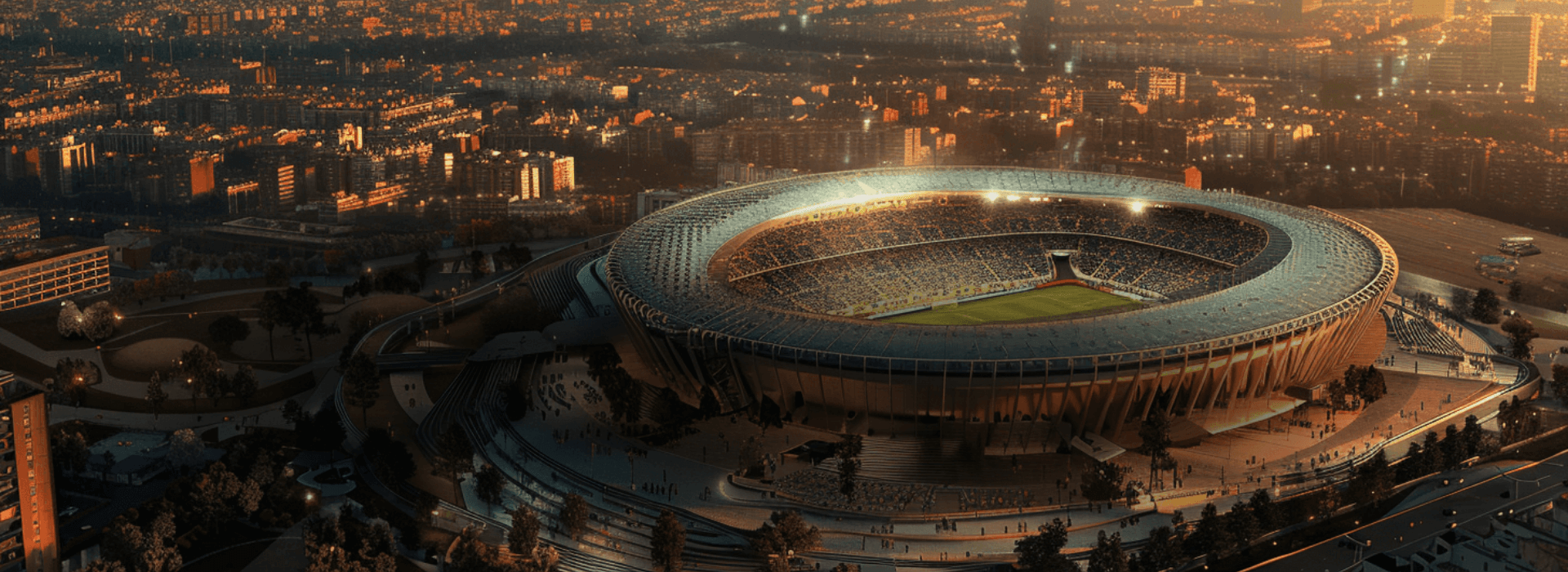
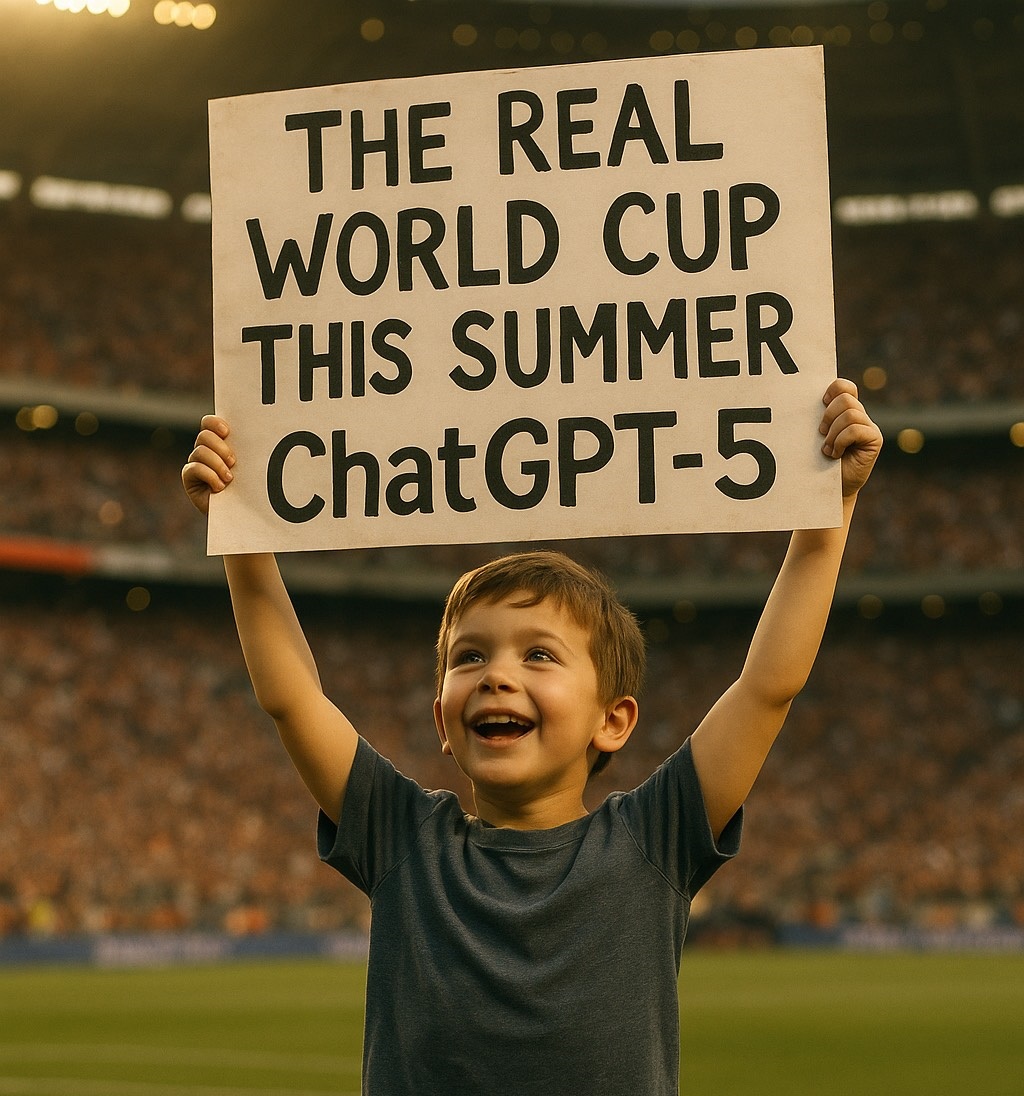
ChatGPT‑5 Is Coming: This Summer’s Real World Cup Is AI
3 Min Read
Not Messi. Not Mbappé. This Summer’s MVP Is ChatGPT‑5

While the Club World Cup takes place in the US, the real battle for attention, loyalty, and relevance is happening through voice, memory, and machine intelligence.
This summer, there’s no traditional World Cup.
Sure, the FIFA Club World Cup is happening in the US. Some fans are into it. Others barely notice.
But the real tournament isn’t being played on a pitch, it’s happening in AI. And if early signals are right, GPT‑5 is about to change the rules.
It hasn’t launched yet, but from what we’ve seen and heard, it’s shaping up to be the iPhone moment of this era: voice-first, multimodal, memory-based, agent-enabled, and deeply integrated with real-world tools and data.
That’s why so many people in the sports industry have been reaching out lately, from CMOs, innovation and digital heads, and they’re all asking the same question in different ways:
“How do I catch up?”
“Where do I even start with AI?”
“What’s the smartest move I can make right now?”
This article is part of the answer. It’s not a prediction, but rather a preparation.
Here’s what’s coming and what to do about it.
GPT‑5 Isn’t an Upgrade. It’s a Reset.
This isn’t about better answers.
It’s about a complete shift in how people interact with technology.
Here’s what GPT‑5 is expected to introduce and the impact on Sports:
- Real-time voice interaction that actually understands tone and context
- Multimodal input: text, voice, images, and video in a single flow
- Persistent, personalized memory across users and sessions
- Tool usage: the ability to take action, not just provide information
- Deep integration with internal knowledge sources
For sports brands, this unlocks entirely new capabilities:
- Conversational ticketing and merchandise discovery
- Campaigns that respond to real-time moments in a match
- Personalized content based on mood, behavior, and fan history
- Always-on brand assistants that feel human, but scale like machines
It’s not an assistant. It’s a new digital infrastructure for the fan experience.
Your Fans Are Already Talking to AI
While some brands are still polishing next season’s campaign deck, fans are asking:
- “Hey GPT, when’s the next home game I’d enjoy?”
- “Where’s the best way to get to the stadium with my kids?”
- “Find me that post-match shirt from last season.”
- “Show me the highlight where my team equalized in the 89th minute.”
And if GPT doesn’t have your content, offers, or tone embedded, your brand won’t show up.
This isn’t about launching another app.
It’s about being present where fans are already looking for answers, inside the AI itself.
Memory Will Redefine Loyalty
One of the most disruptive aspects of GPT‑5 will be its ability to remember.
Not just the last thing you said but how you say it, what you’ve said before, and what matters to you.
It remembers:
- The tone of your brand
- A fan’s favorite player
- What content they engaged with
- Their ticket history, preferences, and habits
- Your past campaigns and offers
That turns fragmented interactions into continuous relationships, meaning the brands who invest in training the machine now will be the ones it remembers later.
AI Agents Will Become Your Strongest Teammates
GPT‑5 isn’t just a better chatbot.
It will be able to take action across systems in real time.
Here’s what that might look like:
- Auto-generating content based on what just happened in the match
- Responding to live fan sentiment across platforms
- Pulling real ROI data from your sponsorship history during a call
- Recommending merchandise or clips based on fan behavior
- Managing an entire support flow from question to resolution
Always on. Fully branded. And scalable.
What to Do Right Now
GPT‑5 hasn’t launched yet. But when it does, it won’t wait for you to catch up.
This moment isn’t about noise. It’s about positioning your organization for real impact across content, performance, and revenue.
And this isn’t just for marketing.
It’s just as relevant for CEOs looking to future-proof the business model,
Performance Directors optimizing operations,
and Commercial leads driving monetization.
Here’s how to get moving now:
1. Build a Cross-Functional AI Team
Pull together a small team marketing, commercial, digital, performance, and product. Their mission: identify where GPT-style models can drive value across the business.
2. Look at What’s Already Working
Leading clubs and sports brands are already using GPT-based tools to boost:
- Fan engagement (instant, branded service at scale)
- Content ops (automated matchday content and highlights)
- Commercial growth (dynamic merch offers, partner activations)
- Performance (video analysis, player data, rehab tracking)
Don’t reinvent. Benchmark. Adapt fast.
3. Structure Your Internal Knowledge
Documents, policies, guidelines, playbooks make them machine-readable. That’s how you prepare your systems to feed GPT‑5.
4. Use GPT‑4 in Real Workflows
Start today. Automate content. Analyze fan sentiment. Test messaging. Track internal performance. The best prep is doing.
5. Define Your AI Operating Principles
Decide now: Who owns it? What’s your tone, boundaries, governance? Think like a product team; this is your AI brand.
6. Launch a Real Activation
Don’t wait for the perfect use case. Just go live.
A voice assistant for fans. A personalized merch funnel. An AI-powered sales deck builder. Start small, measure impact, iterate.
P.S.
Observer Invite – AI Boosting Revenue and Fan Loyalty
We’re hosting a private session end of July.
The focus: AI tools that are already helping clubs and leagues/brands:
– Increase revenue, Boost loyalty and Operations (Real use cases)
No need to prepare or speak – I thought it could be valuable for you to join as an Observer and see what others are doing.
Feel like listening in?
Just email me with the word – Observer!

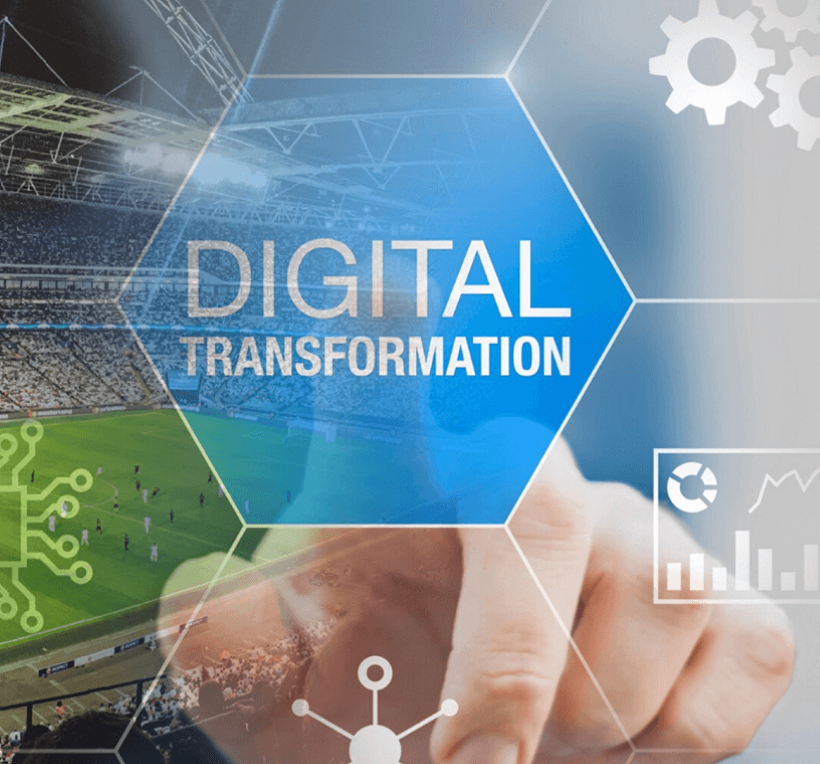
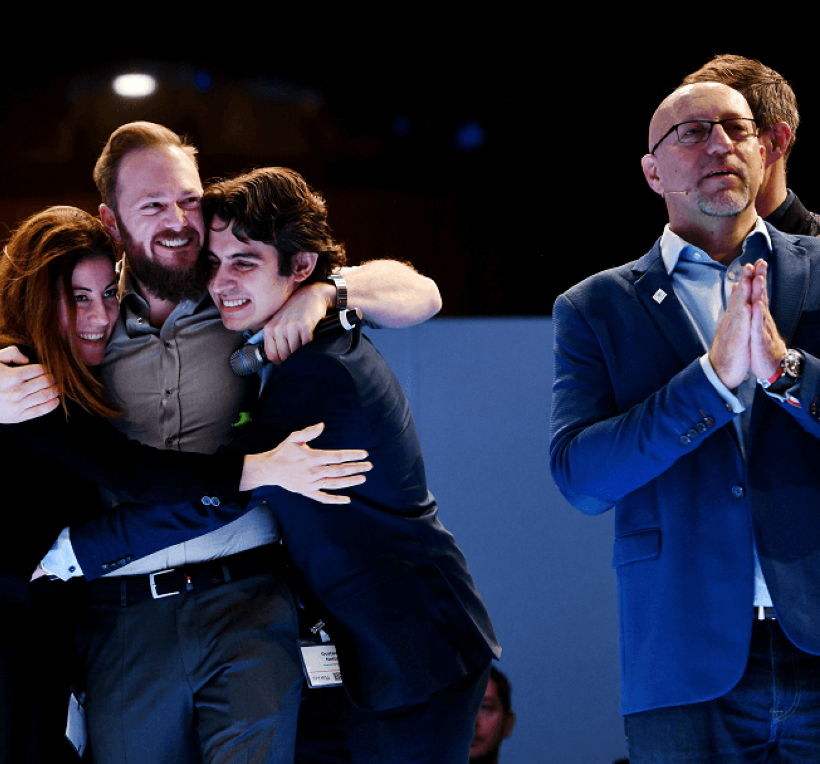
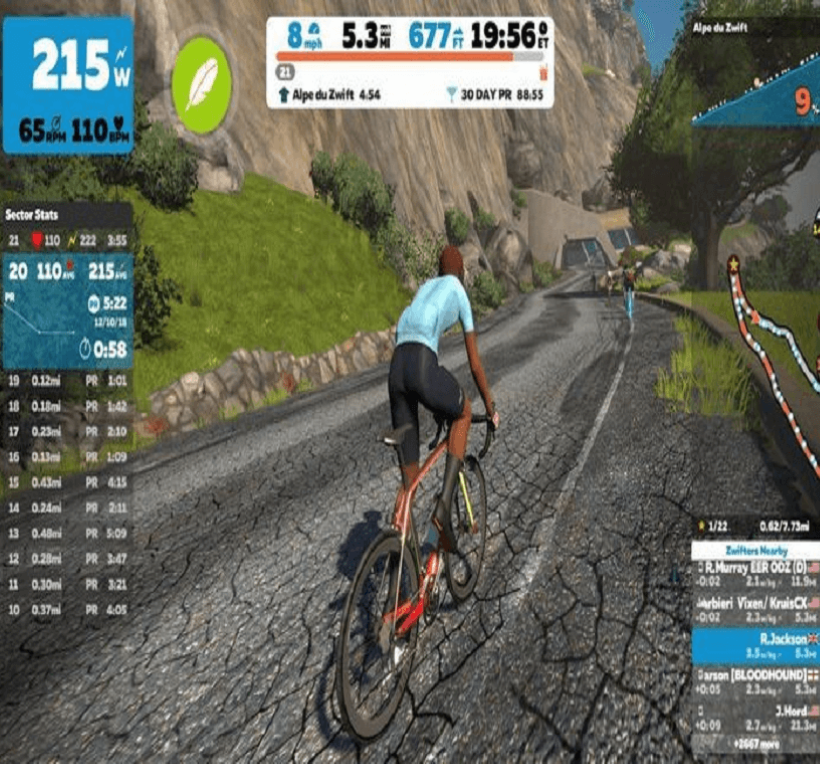
Comments